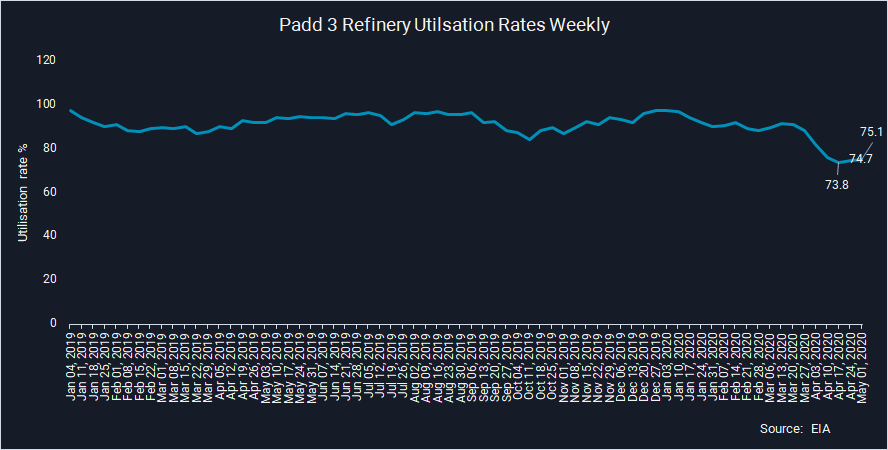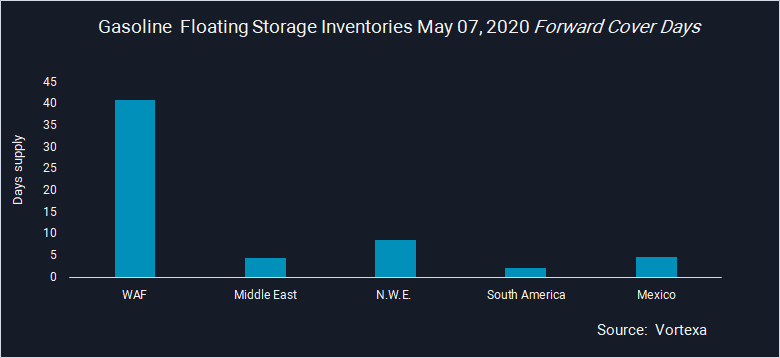France’s Le Havre scoops up jet fuel
Vortexa Snapshot: France’s Le Havre scoops up jet fuel
The sharp drop in European jet fuel prices and the switch to a steep contango structure post-coronavirus is drawing more jet fuel into regional storage sites and supporting prompt demand for blending into the diesel pool. These critical demand indicators are highlighted in our case study of jet fuel imports into Europe’s largest importing terminal for the product, Le Havre in France.
Contango support and jet into storage
- The M1-M3 timespread on Ice gasoil futures was seen at almost minus $1.60/bl as of 17 March, compared with around +20¢/bl at the start of the month, prompting inquiries from traders seeking storage capacity on land as well as offshore.
- We see the impact of this pricing switch in provisional March arrivals of jet fuel into Le Havre. They’re on track to reach highs not seen since April 2018 at an estimated 4mn bl, up from 2.8mn bls averaged during December 2019 – February 2020.
 Chart 1: Jet fuel arrivals into Le Havre by month – (mn bls)
Chart 1: Jet fuel arrivals into Le Havre by month – (mn bls)
Jet into diesel blending
- Amid relative weakness between jet and diesel prices in northwest Europe, traders are also seeking to blend jet fuel into the diesel pool. This is however a limited activity, since sulphur content in diesel cannot be raised too high. But in small quantities, jet fuel can be used to improve diesel’s suitability for winter conditions.
- France, who is also the world’s largest seaborne diesel importer, is expected to import at least 2.2mn bls of diesel into Le Havre this month, Vortexa data as of 18 March indicate. This would remain in line with the past three month average, despite the expected demand drop in motor fuels following the coronavirus outbreak.

Chart 2: Diesel arrivals into Le Havre by month – (mn bls)
Interested in a more detailed view of these flows?
{{cta(‘bed45aa2-0068-4057-933e-3fac48417da3′,’justifycenter’)}}